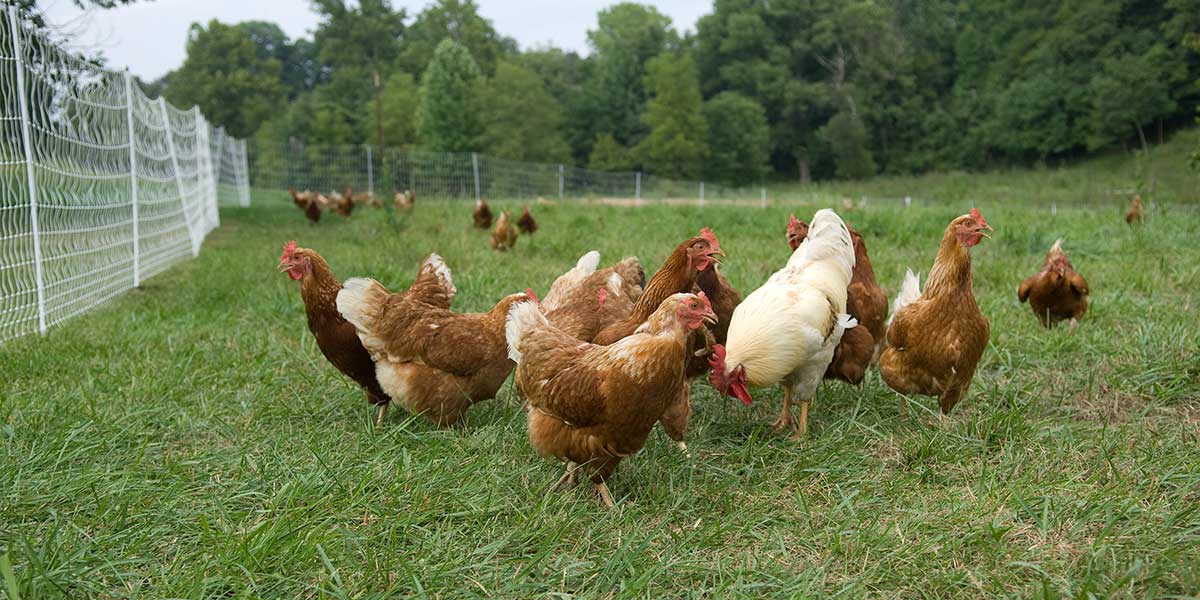Identification is a very important tool when managing livestock. Every successful business operation must have accurate records, and the livestock industry is no different. Where sheep are concerned there are several differentiations in identification. There are permanent, semi-permanent, and temporary. Curious what each is used for? Read on.
Ear Tags
Ear tags are some of the most commonly used form of livestock identification. They come in many forms and colors and are usually made from plastic or soft metal, such as brass. The metal ear tags are usually the same size and take along the same shape, the plastic ones come in different colors and a few different shapes. Brass tags are ideal for using on small and newborn lambs because they’re light and won’t pull down on the ear. Each style of ear tag, metal and brass, can be numbered or be left blank in case you use your own numbering and ID system. These tags are applied to the animal’s ear using an ear tagger which acts similarly to a piercing gun used for human ear piercings.
Scrapie Identification
While not used primarily on the farm, these tags are used when shipping sheep and lambs out of state. The U.S. Dept. Of Agriculture requires almost all sheep and lambs to have premise identification ear tags before leaving their farm of origin. This is done to help eradicate scrapie disease, and identifies where every sheep came from when shipped. These tags are applied like a normal ear tag using a tagger.
Tattoos
Tattoos are one of the best forms of permanent livestock identification. They don’t harm the animal’s appearance nor reduce its value. This is usually done by tattoo gun or by press, with the numbers and letters made of needles that place very small holes in their shape and then ink is applied to the holes so that the number is readable. The downside is that the tattoos are very hard to read at a distance and will require catching the animal to read the tattoo.
Ear Notching
Ear notching is done by placing a V-shaped notch placed somewhere in the ear. While swine producers use this system as a way to identify their livestock. Sheep producers mainly use it for simple differentiation. For example, a farmer may use ear notching to denote birth type or when the lamb/sheep was born. Additionally, it can be used to mark ewes for culling.
Neck Chains
Finally, there’s neck chains. This form of identification is most commonly used for dairy animals such as cows or goats. The chain needs to be placed around the animal’s neck tight enough that it doesn’t fall off but loose enough so it doesn’t choke them or cause growth problems, which means constant inspection. Additionally, chains can be caught on objects causing the animal to choke. I would not consider this a permanent form of identification as the chains can be easily removed.
What do you use as a form of livestock identification? Let us know in the comments below. Also, if you’re in need of some livestock ID tags or tattooing supplies check out our full line of supplies.
Lisa Podwirny is the owner of Ketchum Mfg. Connect with her on Google+!


![lamb[1]](https://blog.ketchummfg.com/wp-content/uploads/lamb1-267x300.jpg)




